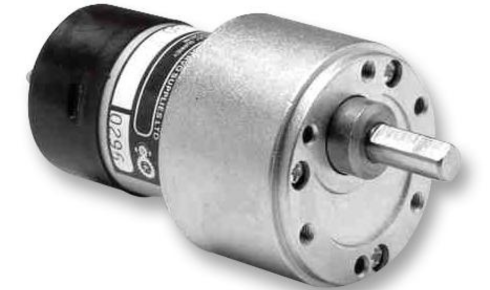In the modern era of electronics and robotics, hands-on learning is essential for students, hobbyists, and tech enthusiasts. A geared dc motor is a versatile component that allows precise control of speed and torque, making it perfect for a wide range of projects. When combined with a bluetooth modular system, it opens up exciting possibilities for remote control and automation, enhancing both the learning experience and practical applications.
A geared DC motor is essentially a DC motor connected with a gearbox that reduces speed and increases torque. This makes it ideal for robotics, automation systems, and mechanical projects requiring controlled movement. The gear reduction allows learners to understand mechanical principles like torque, load distribution, and gear ratios. By experimenting with a geared DC motor, students gain practical insights into how motion and force can be managed in real-world machines.
Bluetooth modular systems provide an accessible way to wirelessly control electronic devices. Using a Bluetooth module, users can communicate with microcontrollers or motors via smartphones or tablets. This integration allows learners to build projects that respond to remote commands, such as moving a robot, controlling a motorized door, or even adjusting a camera position. Combining a geared DC motor with a Bluetooth modular system teaches students the basics of wireless communication, control circuits, and programming.
One of the major benefits of using these components together is the educational value they provide. Students not only learn about electronics and mechanical systems but also about integrating different technologies to create functional devices. For example, a Bluetooth-controlled robot with geared DC motors can navigate obstacles, carry small loads, or perform specific tasks. These projects foster problem-solving, critical thinking, and innovation, all key aspects of STEM education (Science, Technology, Engineering, and Mathematics).
Practical projects using geared DC motors and Bluetooth modular systems can vary from simple to complex, depending on the learner’s skill level. Beginners may start with basic motor control experiments to understand speed regulation and direction change. Advanced learners can incorporate sensors, microcontrollers, or even artificial intelligence modules for more sophisticated projects. This step-by-step learning approach ensures that students remain engaged, motivated, and challenged while gradually expanding their knowledge.
Safety and convenience are important considerations. Pre-designed kits and modular systems provide all necessary components, clear instructions, and safety features, enabling learners to focus on experimentation rather than sourcing parts or troubleshooting hazards. The modular approach allows users to assemble and disassemble components easily, making it suitable for classrooms, hobby labs, or home-based projects.
Another advantage of combining a geared DC motor with a Bluetooth modular system is that it encourages creativity and innovation. Students can customize their projects, design their own robotic vehicles, or even develop automation solutions for home or school purposes. The integration of wireless control adds a layer of interactivity that makes learning fun and engaging. It also demonstrates how technology can solve real-world problems, enhancing practical understanding.
Collaborative projects using these components further enhance learning. Students working in teams can share ideas, troubleshoot together, and develop communication and teamwork skills. Completing a functional Bluetooth-controlled motor project gives learners a sense of achievement and inspires them to take on more advanced experiments in electronics and robotics.
In conclusion, a geared DC motor paired with a Bluetooth modular system provides a comprehensive and interactive learning experience. These components teach mechanical principles, electronics, wireless communication, and problem-solving skills in a hands-on, practical manner. Ideal for students, hobbyists, and innovators, these projects promote STEM education, spark creativity, and prepare learners for advanced studies and future careers in technology, robotics, and automation.

